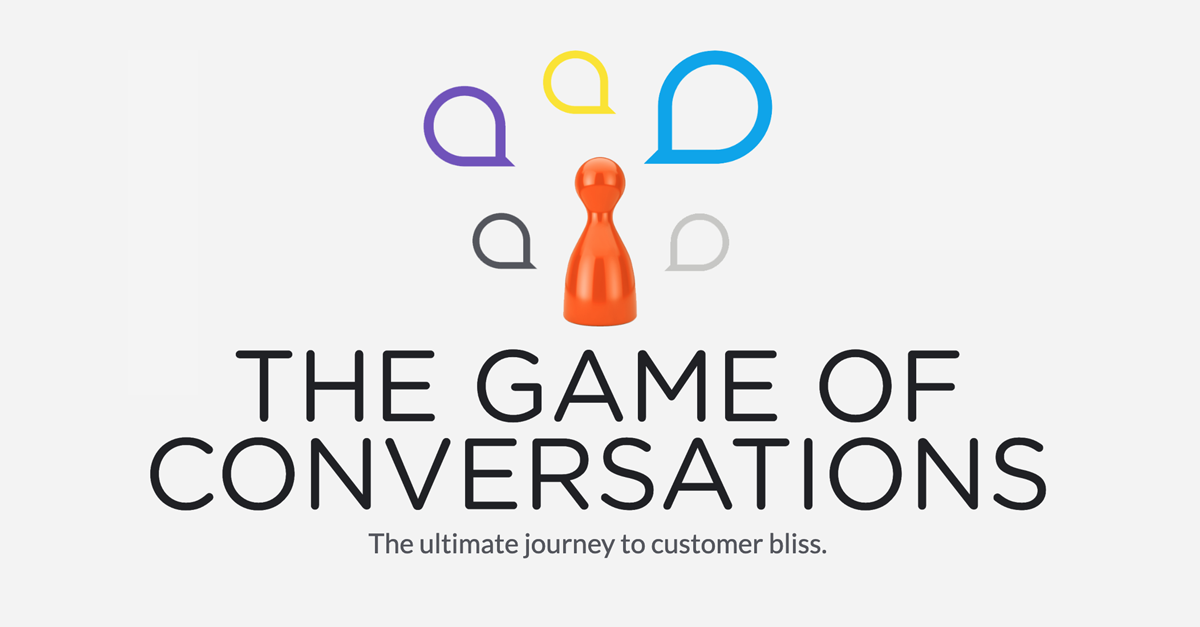Brands know that customer experience is important. And we know from countless studies that making customers wait is one of the top deterrents from a positive customer experience. So it’s no surprise that brands are searching for ways to eradicate this pain point from the customer journey. The methods, however, aren’t always effective.
Why do customers hate waiting?
This may seem obvious, but being on hold can cause major frustration. Customers spend money on a product or a service and expect value. Wasting customer time is equal to devaluing that investment. After all, time equals money.
That’s why in this age of ultra-convenience, people are willing to pay more for faster service. It is quite literally worth the money.
What are brands doing about it?
The two general roads that companies take are either:
- Decrease or eliminate the wait time or
- Make the waiting time more valuable to the customer.
Here are some examples of how companies approach the latter:
Giving you something to do/listen to while waiting
I’ve listened to my insurance company’s on hold music play more times than I’ve listened to my favorite song. While an upbeat tune can attempt to brighten the mood, it does little to actually provide value to the customer. And if anything, it can create a major headache.
If you place a call to the customer service line at Charles Schwab, instead of on hold music, an automated voice talks through the day’s stock and market updates. They get points for making this waiting period somewhat informative for their market, but in the end it still doesn’t solve the problem of making a customer wait.
Being transparent
Especially during COVID, it was common for companies to play a message along the lines of “I’m sorry, but we are experiencing more calls than normal. We appreciate your patience.” Or, companies will let you know of your spot in the queue, which can give hope to customers as they wait.
While being transparent with customers about the current situation can give them the comfort of knowing where they stand, it (again) does little to actually solve the problem. When a customer is frustrated, it doesn’t matter if they are the 10th person in line or the 100th– they are expecting to be helped as quickly as possible.
Redirecting customers
Customer care strategies have a long history of redirecting customers to resources that do not require additional agents. I’m sure you’ve been told by an automated voice while waiting on hold “Did you know you can book an appointment on our website?”.
Redirecting does give value to customers– potentially saving them from having to wait on hold for another ten minutes. However, if a customer chooses to contact your brand by phone, then that choice should be respected. Having to switch channels mid-interaction may not be possible for the customer, or may not be convenient for them.
Eliminating the initial wait with technology, only to make you wait later
IVRs, DTMF, menu trees and other similar technologies that are presented at the top of a conversation, but require you to eventually wait for an agent, fall into this category. Sure, customers are served as soon as they call by automation, but once transferred to the appropriate department, there is often a wait that they will still have to endure.
The totality of the wait time is what matters to customers. Another example of how companies unsuccessfully try to skirt around this is through customer call-back schemes. For example, while waiting on hold, you are offered to leave a message and have an agent return your call when they are ready. The problem with this is that customers will still have to wait around for an agent to call them.
Do these band-aids actually work?
Yes and no. There may be some small value delivered from these examples. But, at the end of the day, customers are smart– they can see through these antics. Customers value time, and even though these options help make the time a bit more enjoyable, it doesn’t take away from the fact that they are waiting.
Why is it important to address the root cause?
It may be frustrating for brands to spend money with initiatives like these in CX to not see tangible results. And that’s because customers aren’t seeing results either. Getting to the root of the problem (the fact that customers do not want to waste time) is what will deliver the most ROI.
Tired of wasting resources on temporary fixes? It’s time to invest in real solutions that prioritize your customers’ time and elevate their experience. Explore how advanced conversational AI can eliminate wait times and transform your customer journey with The Game of Conversations.




